
Research and insight services
Creating human-centred solutions
Putting customer needs at the heart of your solution helps you deliver better products and more efficient services. User research and insights are your most valuable assets for uncovering your audiences' conscious and subconscious wants and needs so that you can build truly human-centred solutions. With a better understanding of end-user needs – customers, employees, or citizens – you can put their voices at the centre of experiences which enable, enhance, and support deeper engagement, greater satisfaction and aligned expectations.
Our comprehensive approach to human-centred research embraces accessibility and inclusivity, drawing insight from all parts of your audience – including hard-to-reach users – to reveal traits, behaviours, biases, and unconscious responses to stimuli.
With experts in user research, service design, user experience (UX) design, interaction design, performance consulting, and inclusivity and accessibility consulting, we can build a 360-degree understanding of your audience. You'll then have highly actionable insight that you can use to de-risk decision-making, with return on investment visible across engagement and product or service uptake.
This integrated approach to user experience – whether digital or real-world – can help you to understand:
- How and why people interact with your product or service.
- Your audience's needs and expectations.
- The challenges your users face.
- How to improve the experiences users have with your product or service.
- How to provide personalised services or products that meet your audience's needs.
"Without research and insight, you can’t truly understand the user experience in its current state or any unmet user needs, and therefore how it should be transformed."
- Account Director, CDS
What is the user research process?
Discovery
All projects start with a discovery phase: the initial ‘deep-dive’ to uncover who your organisation’s users are and understand both current challenges and future aspirations. With a clear understanding of what needs to be achieved, user research can begin. If you are awash with research data, but have little insight, a 'synthesis' phase might be all that is required. However, if data and insight are light, a bit of work now will save a world of pain later.
User research
Our research team looks to understand and empathise with internal and external audiences using a product or service. By conducting stakeholder interviews and mapping existing behaviours, needs, and problem areas, we get an accurate picture of your users and their contexts.
User experience design and service design
This team unpicks the various stages of service to understand its interaction points with the intended audiences across every communication channel.
They then consider all of the touchpoints within the system from each of the multiple user perspectives – customers, citizens, or employees who support and service users – and help the organisation understand them and their individual needs and requirements.
From here, they can then start to visualise and design creative solutions and technology architectures in collaboration with you. A series of workshops typically result in strong alignment between what we've learnt, what you want to achieve and how we'll get there together.
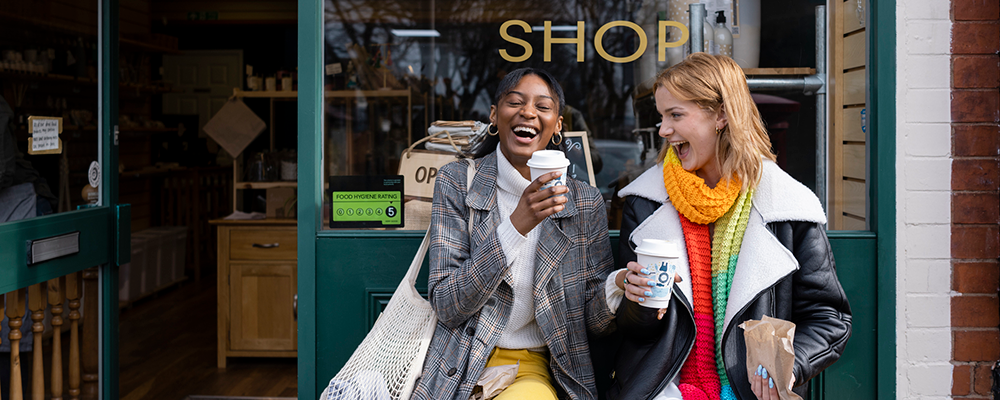
User experience (UX) and user interface (UI)
The UX and UI design team uses the research findings to ensure the functionality of the build meets all user needs, as well as being aesthetically pleasing.
They work on projects of all sizes, whether large-scale structural change or pixel-perfect screen design and micro-interactions.
This approach truly helps transform the experience that users have with your products or services maximizing the value of their engagement.
Strategy planning and performance measurements
Our planning and performance team views and optimises the broader context of user engagement with a product or service.
They help organisations to optimise and track their digital engagement through an enhanced performance and analytics strategy – looking at performance and success, benchmarking against competitors, and identifying learnings to drive further positive change.
Skilled in identifying opportunities within the market ecosystem and understanding performance issues, they devise inclusive strategies, plans, and solutions to get the best outcome for end-users
Accessibility consulting
Our accessibility consultants work with internal teams to provide analysis and actionable steps to create completely accessible solutions. They are Web Content Accessibility Guidelines (WCAG) compliant, ensuring that all projects produce a service that meets regulatory requirements.
Future-proofing
Research shouldn’t be a one-time project. Needs and requirements change as society and audiences change. We encourage continuous testing – little and often – to assess performance and facilitate ongoing improvement.
We encourage your teams to understand the needs of your organisation’s users and to adopt our research and insight methodology. We involve them in the process throughout the research phase so that they can go on to support continuous day-to-day research and analysis, while we become a consultative resource available to you as and when you need us
"Deep customer insights lay a foundation for solid technology investment decisions."
How can CDS help?
We offer market-leading, end-to-end research & insight services to organisations looking to transform their products or services.
Whether it’s a small piece of discovery work to understand a sub-section of your audience or a complete end-to-end service redesign, insight should sit at the heart of strategic decision-making.
We ensure that any transformational experience is relevant and valuable for the people who interact with you so you don't waste time, money, and energy implementing solutions that are not relevant and empathetic to your users.
Our integrated team of experts each play their part in ensuring your product or service hits the right note with your intended audiences—guaranteeing their experience is relevant and memorable for all the right reasons.
We’re trusted by



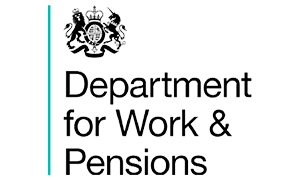


Case studies

Tackling the early signs of radicalisation with Counter Terrorism Policing
Bringing 'Letters to my younger self' to life for a diverse audience resulted in a 28% increase in engagement and a 431% increase in page views.
NCTPHQ case study >Accessible reports for Northern Ireland Audit Office
Converting print documents to meet accessibility regulations. Workshops improved efficiency by tackling usability issues in the early content-creation stages.
NIAO case study >
Creating a user-friendly website for Wakefield Council
Identifying pain points through user research to build a more accessible website.
Wakefield Council case study >Improving EE customer experiences with user insights
User testing improved design and navigation, resulting in an uplift of £1.6 million.
EE case study >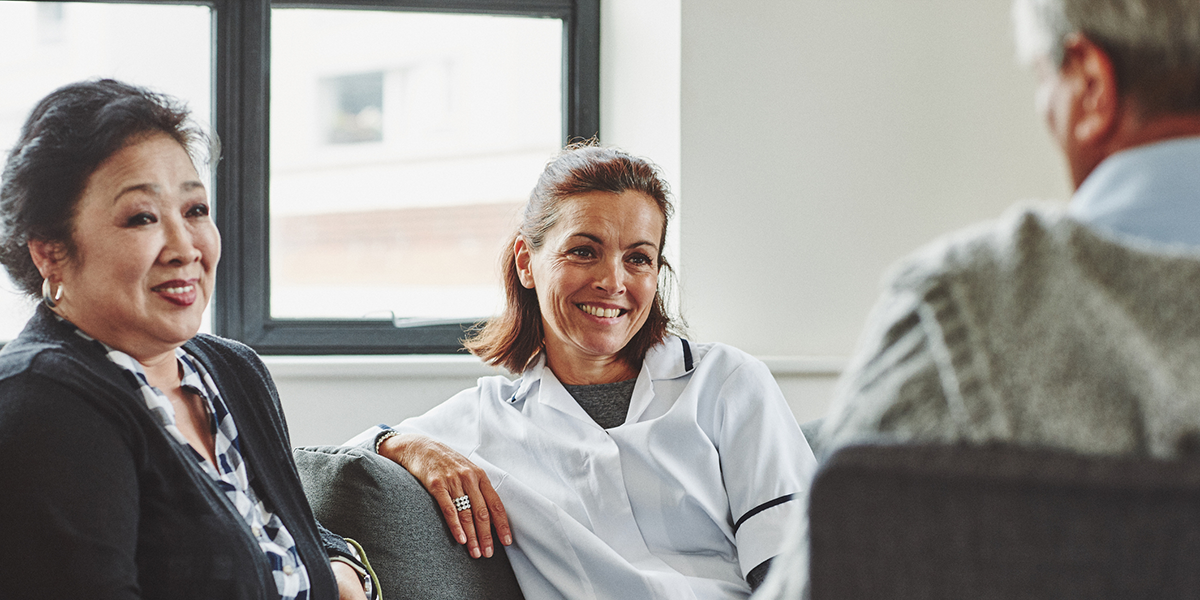
Improving website accessibility for National Institute for Health Research
Uncovering potential usability and functionality issues by testing the L4I website with real users.
NIHR case study >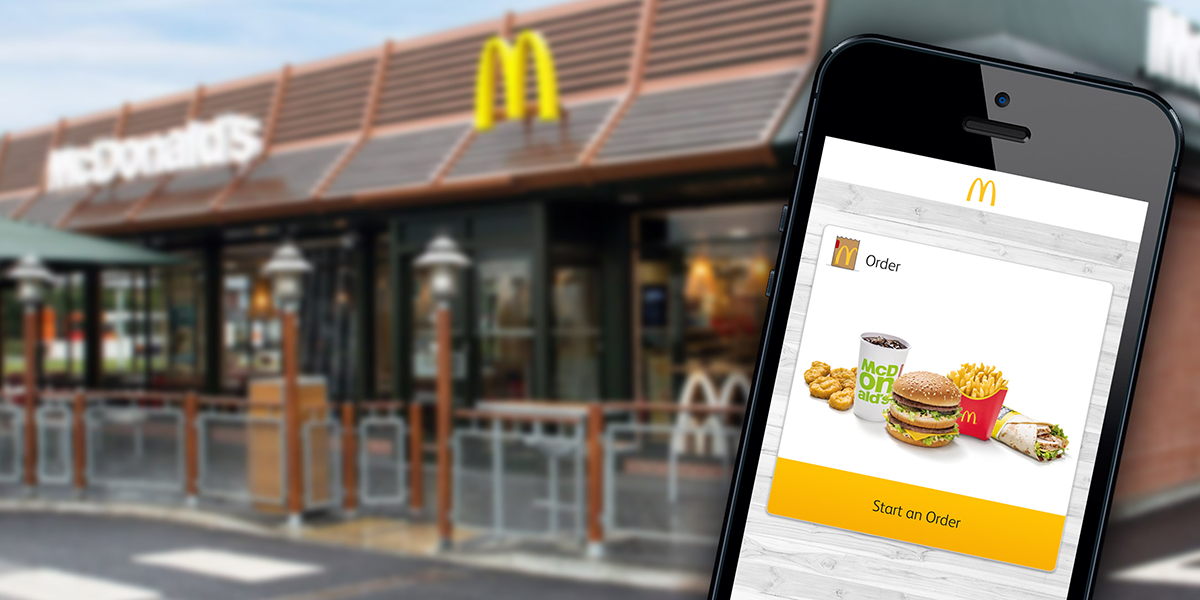
Optimising mobile ordering at McDonald's
Improving accuracy and speed in the ordering and collection process by understanding user needs.
McDonald's case study >Let's talk
Related content
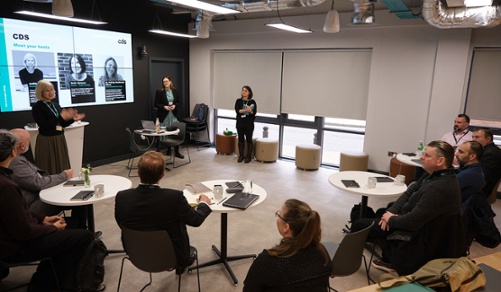
Who can afford for digital change to fail? Especially now
Ensuring change starts in the right way by delivering the right engagement through an understanding of user needs.
Who can afford for digital change to fail >Using storyboards in UX design to enhance user experience
Explore the use of storyboarding in UX design to conceptualise, understand user needs, and map out user testing.
Using storyboards in UX design >User research is key to Government Digital Service assessments
Providing a deeper understanding of Government Digital Service (GDS) assessments and the vital role of user research.
User research for Government Digital Service assessments >